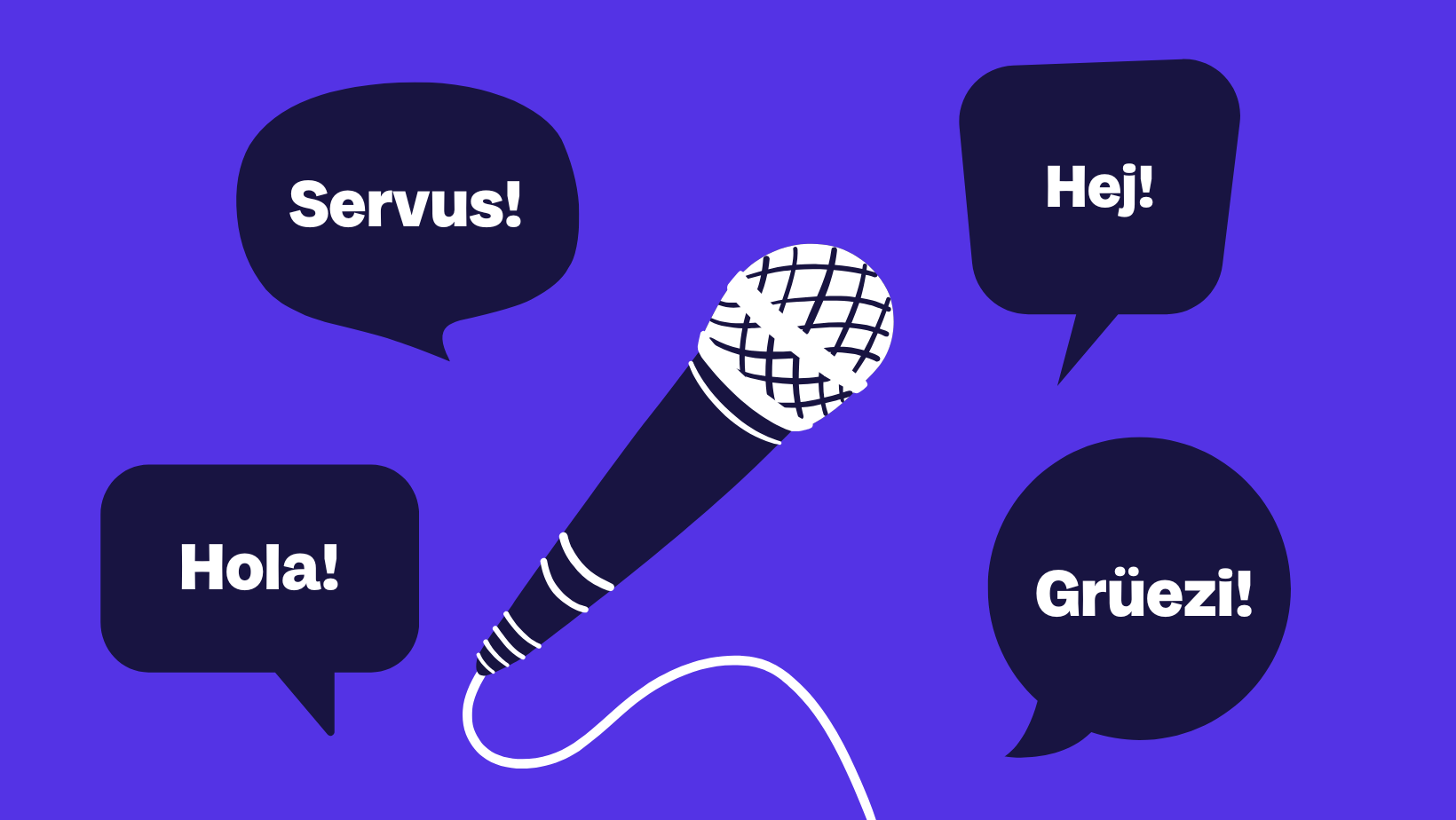On the Move Online without a Prescription: Storytelling in Patient Communication
It starts with a harmless cold. Then it becomes a dangerous strain of influenza virus from overseas. In very few cases a mutated pathogen is to blame here, but mostly Dr. Google. According to a Bertelsmann study, every second patient researches health topics on the Internet at least once a month. 58 percent first consult the popular search engine before consulting a doctor about complaints.
Healthy storytelling instead of disease-causing fear marketing

1. Go public and create a mouthpiece
The information content of unknown or rare diseases is of great importance to patients. However, it is comparatively difficult for many foundations and associations to draw attention to themselves. This is because they are mostly financed by donations. Celebrities are a great and emotional way to reach people. But social media can also be used to raise awareness of diseases.
The “Friends for Life” association for example, educates teenagers and young adults about suicide and mental health. On the Friends for Life YouTube channel for example, there is the section “Thinking out loud”. Here, both celebrities and non-celebrities talk about tips and experiences in dealing with emotions and critical phases. The club has created the hashtag #alle5Minuten on Instagram. This reminds us that in Germany one person tries to take their own life every five minutes. The Facebook channel features empathetic posts about depression and mental health. This example sensitively illustrates that storytelling works in patient communication on different social channels. Famous testimonials also raise awareness of the disease and create trust among patients.
2. Communicate research in an understandable and transparent way
Using Google search, sufferers can find countless information on all possible clinical pictures. However, many entries in forums do not come from medical professionals. Not every source on the Internet is trustworthy. Complex things can be explained to laypeople in understandable language and with the help of stories or graphics.
The pharmaceutical company Bayer for example, shows in its online magazine what goals its research is pursuing. Here you will find health guides as well as insights into various specialist areas, e.g. cancer research. But everyday information on nutrition or travel is also conveyed with the help of emotional stories and lots of visual material.
3. Gain understanding and save lives
There are patients who receive a diagnosis that is a matter of life or death. Then they are dependent on the help of healthy people and often feel powerless. Blood cancer patients for example, are dependent on stem cell donations. This is the only way they can live a healthy life again. For this reason DKMS has launched several campaigns. Every affected person goes through a rollercoaster ride of emotions after the diagnosis.
In order to minimize the distance to this life-threatening disease, DKMS shows people in emotional everyday situations, for example in the “Let them feel” campaign. The “Love” campaign focuses on heartbreak and the pain when a relationship breaks down. Having to start all over again is something the sufferers are also familiar with. Because they are suddenly torn from their lives. In this way, DKMS is able to make the disease blood cancer more tangible for healthy people. Thus, the organization hopes to convince many people to register as stem cell donors.
Conclusion: Picking up patients with emotional stories
The healthcare sector still has some catching up to do. Both, patients and healthy people, want to be informed. They also want to be informed about sensitive and everyday clinical pictures. Empathetic and comprehensively informative language without scaring people is the be-all and end-all here. Storytelling in patient communication creates direct access to people who are dependent on help in an area that often seems dusty. It is primarily emotional stories, the right channels and prominent supporters instead of Dr. Google that educate, accompany and help patients.
Share this article
Related articles

8 April 2025






